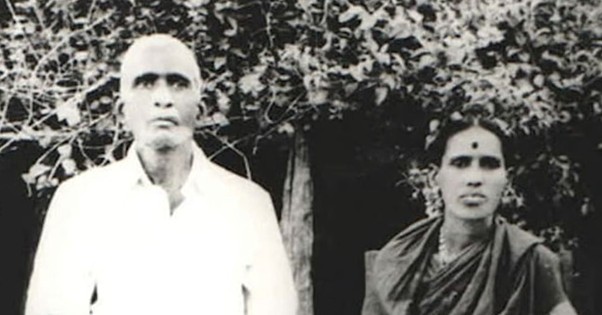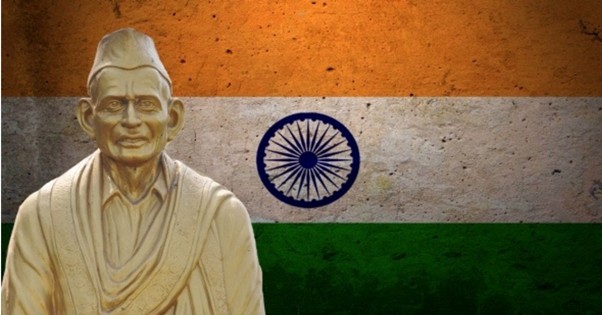
Every Independence Day, as the tricolour unfurls against the sky, our hearts swell with pride. The saffron speaks of courage, the white of peace, and the green of hope — and at the centre, the Ashoka Chakra reminds us to keep moving forward with righteousness and progress. But behind this symbol that unites a billion dreams lies the story of one man: Pingali Venkayya.
His name may not echo as loudly as other freedom fighters, yet his contribution stitched together the very identity of India. More than just the designer of our national flag, Pingali was a visionary, a dreamer, and a doer whose life teaches us lessons that are as relevant today as they were a century ago.
1.
Big dreams can rise from small villages
Pingali was born in 1879 in Pedakallipalli, a quiet village in Andhra Pradesh. He could have lived an ordinary life, but he dared to dream differently. He studied at Cambridge, served in the Boer War, and absorbed global ideas — yet his heart always beat for India. His journey shows us that where you come from doesn’t define how far you can go.
2.
Pain can spark purpose
Once, at a Congress session, Pingali saw the Union Jack being raised. The sight cut deep — why should Indians salute a colonial flag? That moment transformed his pain into purpose: India needed her own flag, a symbol to rally around.
His resolve reminds us that sometimes, the things that break us also ignite the mission that defines us.
3.
Persistence outlasts rejection
From 1906 onward, Pingali proposed the idea of a national flag again and again. He researched the flags of 30 nations, wrote a book, and presented design after design. Many ignored him. But he never stopped. Finally, in 1921, Mahatma Gandhi endorsed his vision.
In today’s world, where instant results are celebrated, Pingali’s story is a reminder that true change is built on relentless persistence.
4.
The dream may outlive the dreamer
On 22 July 1947, a version of Pingali’s design was adopted as India’s national flag. His idea triumphed — but tragically, he slipped into obscurity, living his final years in poverty. Recognition came decades later, long after his passing.
But here lies the deeper lesson: greatness is not in being remembered, but in leaving behind something that remembers you forever.
5.
Symbols matter — and so do values
The tricolour is not just fabric. It is courage, sacrifice, unity, and hope stitched together. Pingali knew that movements need symbols, and nations need identity. He gave India both. His work reminds us that our values should always stand taller than our circumstances.
The Legacy We Carry Forward
Every time the tricolour flutters in the wind, it whispers the story of a man who believed in India before India was free. Pingali Venkayya may not have lived to see his due recognition, but his vision continues to inspire generations.
His life tells us that:
- No dream is too small.
- No struggle is too long.
- No contribution is too insignificant to change the destiny of a nation.
So, the next time we salute the flag, let us salute the spirit of Pingali Venkayya — and let us ask ourselves: How can I, in my own way, contribute to something greater than myself?
Because the tricolour is more than a symbol of freedom — it is a call to action, a reminder that the power to transform a nation lies in ordinary people with extraordinary determination.
Let the flag inspire us not just once a year, but every single day.

















